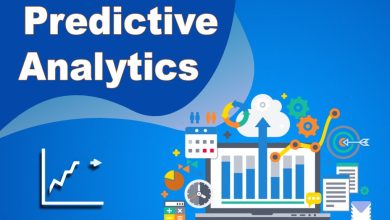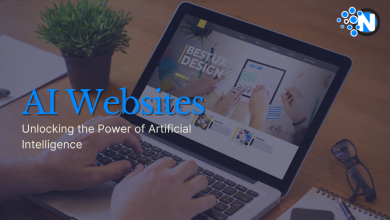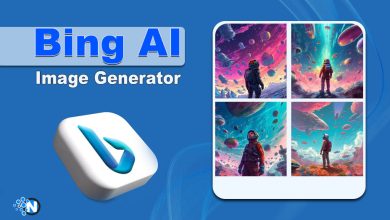Creating Interactive Demos with AI-Generated Human Images
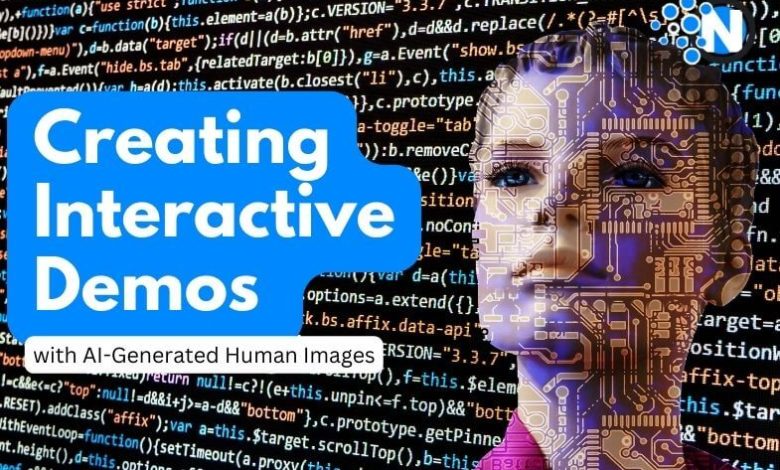
Let’s be real; first impressions matter. Whether you’re trying to win over a client or engage a student, interactive demos have become the norm rather than the exception. Why? Because they allow your audience to not just watch but participate in the experience. And guess what’s adding the proverbial cherry on top? Artificial Intelligence, specifically AI-generated human images. By the end of this article, you’ll know exactly how to create stunning, lifelike demos that really speak to your audience.
Importance of Interactive Demos
The interactive demo is more than just a presentation; it’s a virtual handshake, an eye-to-eye conversation with your audience. Gone are the days when a simple PowerPoint slide would suffice. People want engagement; they want an experience that resonates with them. And nothing does that better than interactive demos. They are the all-important bridge between your product or service and the user’s decision to invest time, money, or effort into what you’re offering.
Role of AI in Demos
AI has truly become a jack of all trades. It’s not just powering your Google searches or making Tesla cars self-drive anymore. In the realm of interactive demos, AI serves as a dynamic variable that transforms the user experience into something uniquely immersive. Imagine having an AI-driven virtual assistant in your demo who reacts to user behavior in real time! Yep, that’s the level of interaction we’re talking about.
Understanding AI-Generated Human Images
Definition and Concept
At its core, an AI-generated human image is a fascinating paradox. It’s a digitally created representation of a person who doesn’t exist but looks as if they could. Think about that for a second: a human who doesn’t exist but seems so lifelike that you could almost strike up a conversation with them. This is the magic of AI.
How it Works
At the backend, we’ve got machine learning algorithms tirelessly working. More specifically, Generative Adversarial Networks (GANs) are the key players here. They train on a massive dataset of real human images, learning the nuances of human features, and then generate new, unique images that can easily pass for real human photos.
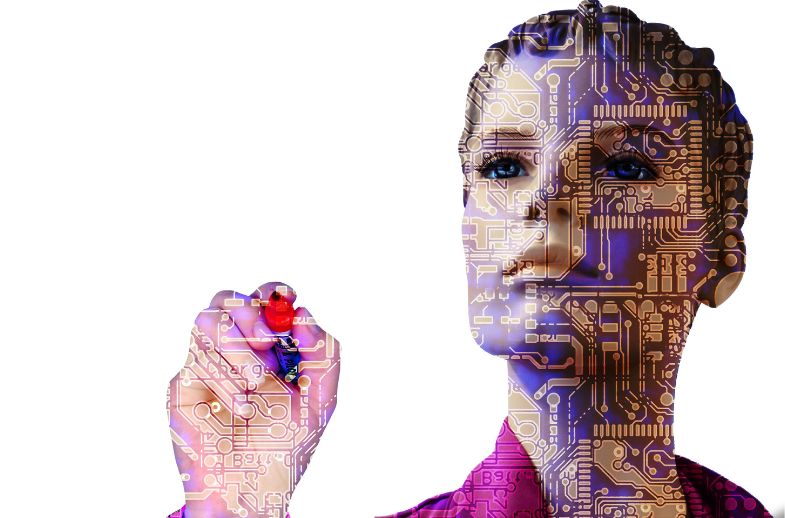
Why Use AI-Generated Human Images?
Realism
We’ve all been there, struggling with clipart or cartoonish images that just don’t cut it. On the other hand, AI images come incredibly close to the real thing. Their lifelike appearance adds a layer of credibility and immersion that’s hard to achieve otherwise.
Customization
Here’s the kicker: you can customize these images to the nth degree. Need a middle-aged, bearded man who looks like he’s from Scandinavia for your demo? Or perhaps a young Asian woman wearing professional attire? You can specify these characteristics and generate an image that fits your exact needs, no photo shoots or modeling contracts required!
Technological Foundations
Deep Learning
Deep learning is the neural network with three or more layers. These neural networks try to simulate the behavior of the human brain, albeit far from matching its ability, allowing it to “learn” from large amounts of data. While a neural network with a single layer can still make approximate predictions, deep learning enhances the model’s accuracy in tasks like image and speech recognition.
GANs
GANs or Generative Adversarial Networks consist of two neural networks: the Generator and the Discriminator. They play a cat-and-mouse game. The Generator tries to produce fake data, and the Discriminator tries to tell if the data is real or fake. Over time, the Generator gets so good at generating data that the Discriminator can’t tell real from fake. It’s this adversarial process that leads to the creation of such realistic human images.
Creating Your First AI-Generated Human Image
Tools Needed
Creating an AI-generated human image isn’t some complex task that requires a PhD in Computer Science. Thanks to user-friendly platforms like Human Generator you just need a computer with internet access to get started. This platform is intuitive to use, even for those who aren’t particularly tech-savvy.
Steps
- Choose your software: Each platform has its own set of features and customization options, so pick the one that suits your needs.
- Specify your parameters: This could include everything from age and gender to hairstyle and emotional expression.
- Generate and download: Once you’re satisfied with the customization, go ahead and generate the image. Most platforms allow you to download the image in various formats and resolutions.
Read Also: 8 Sustainable Tech Innovations in 2023
Incorporating AI Images into Demos
Software Tools
You might be wondering, “How do I get these AI images into my demo?” Well, there’s a buffet of software out there like Adobe Captivate, Articulate Storyline, or even custom HTML5 that let you easily incorporate these images.
Methodology
- Design your demo’s storyline: Just like a movie, your demo needs a script. What’s the message you want to convey? What’s the most effective way to do it?
- Insert the AI photos: Once the storyboard is ready, you can now insert these AI-generated human images to play the roles you’ve defined.
- Run usability tests: Before going live, you need to make sure everything’s working as intended. Test the demo rigorously, ideally with a sample of your target audience.
Challenges and Solutions
Ethical Concerns
The usage of AI-generated human images isn’t without its challenges. A primary concern is ethics. Is it ethical to use images of people who don’t exist? Does it breach any boundaries? The academic and professional communities are still deliberating these questions, but as a user, it’s essential to disclose that these are AI-generated images and not real human beings.
Technical Challenges
Data privacy is another concern. If you’re collecting user data during your interactive demos, you need to ensure the data’s security and comply with regulations like GDPR or CCPA. Also, these algorithms require significant computational power; thus, an average PC may not suffice for bulk image generation.
Future of Interactive Demos with AI-Generated Human Images
Technological Advances
Technology never stands still, and we can expect the AI algorithms behind these human images to become even more realistic and customizable. In the future, we might have images that not only look human but can mimic human movements and expressions in real-time, increasing the immersion level exponentially.
Wider Adoption
As technology matures, more and more industries will start to adopt it. Educational platforms can use it to create interactive lessons, while the healthcare sector could use it for virtual consultations. The applications are practically endless, limited only by our imagination and ethical considerations.
Conclusion
So there you have it! A comprehensive guide on how to create interactive demos using AI-generated human images. These images, backed by complex algorithms like Deep Learning and GANs, add a layer of realism and engagement to your demos that’s hard to achieve otherwise. As technology continues to evolve, we can only expect more exciting possibilities on the horizon. Ready to wow your audience?

